In the dynamic landscape of our global economy, the specter of an economic collapse is not merely a plot twist in a Hollywood thriller, but a stark reality that keeps financial preppers worldwide on their toes. Have you ever wondered how you would fare if the stock market took a nosedive, or if a global pandemic brought the world’s supply chains to a standstill? What if the next great recession was just around the corner, and you found yourself in the eye of the storm, financially vulnerable and exposed?
Financial preparedness, much like the art of prepping for a natural disaster, is not about hoarding gold bars and canned goods in a bunker. It’s about safeguarding your assets, diversifying your income streams, and ensuring that you and your loved ones have a financial safety net that can weather any economic storm. This article is your comprehensive guide to navigating the treacherous waters of economic uncertainty, promising to equip you with the knowledge and tools necessary to protect your hard-earned wealth and secure your family’s future.
According to a survey by the Global Financial Literacy Excellence Center, a staggering 64% of adults worldwide lack the basic financial literacy skills needed to understand and manage their money effectively. This lack of financial preparedness leaves millions of people vulnerable to economic shocks, with no safety net to catch them when the rug is pulled out from under their feet. But it doesn’t have to be this way. By taking control of your finances and implementing a few simple strategies, you can insulate yourself and your family from the worst that the economy has to offer.
In the following paragraphs, we will delve into the fascinating world of financial preparedness, exploring the art of diversifying your income, the importance of emergency funds, and the often-overlooked benefits of investing in tangible assets. We will also examine the role of insurance in protecting your wealth and the power of community in building a resilient financial network. So, buckle up and get ready to take the first step towards securing your financial future, no matter what the economy throws your way.
Weathering Economic Collapse: Prepper Finances for Uncertain Times
In the face of economic uncertainty, the term ‘prepper’ has evolved beyond its survivalist roots to encompass a broader spectrum of individuals who prioritize self-reliance and financial resilience. Weathering economic collapse, in this context, isn’t just about stockpiling canned goods and learning to hunt; it’s about cultivating a robust financial strategy that can withstand the storm. This isn’t about doomsday scenarios or hoarding gold bars, but rather, it’s about understanding and mitigating risks, diversifying income streams, and building a financial fortress that can weather the ebb and flow of economic tides. It’s about turning ‘what if’ into ‘when’, and being ready with a plan. It’s about understanding that economic uncertainty is not a distant threat, but a reality that can strike at any time, and being prepared is not a luxury, but a necessity. So, let’s dive into the world of prepper finances, where the goal is not to predict the future, but to be ready for it, whatever it may bring.
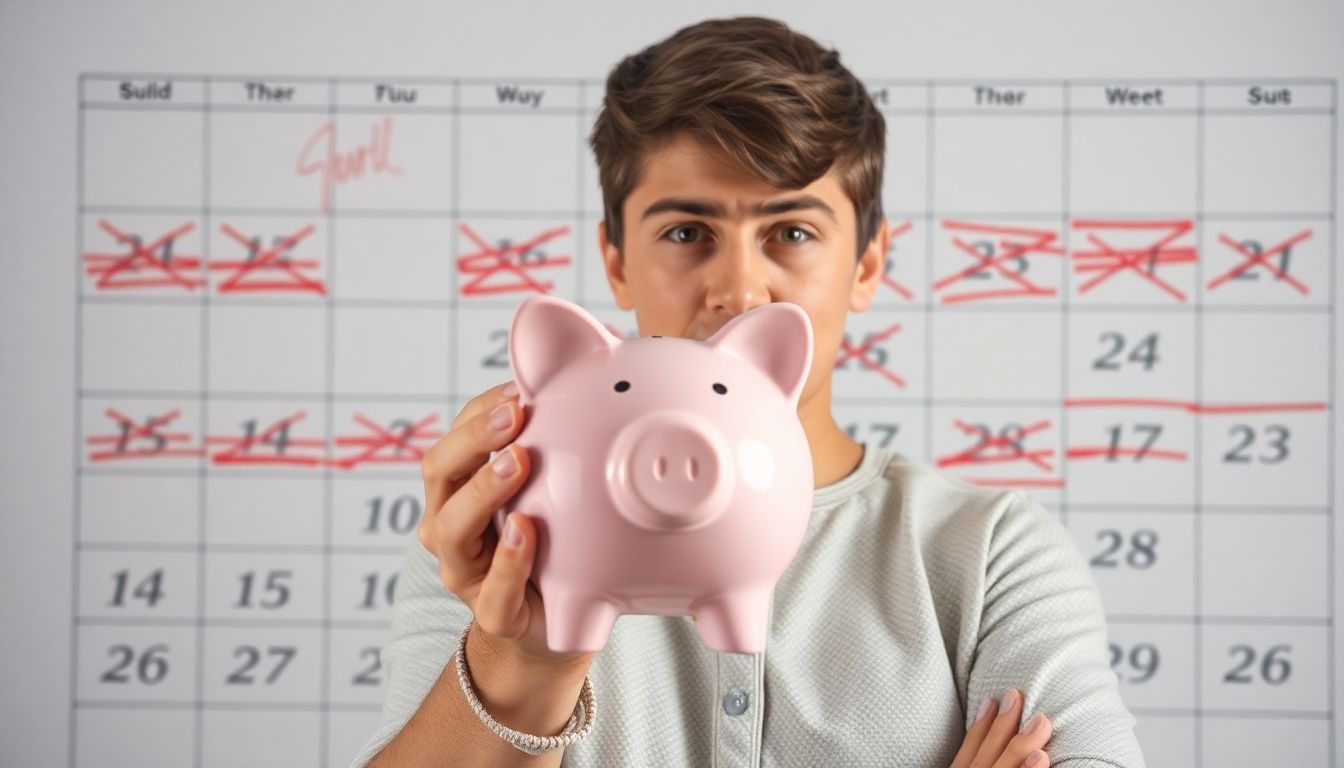
The Importance of Financial Preparedness
Financial preparedness, much like a sturdy lighthouse in a stormy sea, is a beacon of security and stability that guides us through life’s unpredictable tides. In the grand tapestry of our existence, financial stability is a thread that weaves through every aspect, from our daily sustenance to our long-term dreams. It’s not about hoarding wealth like a dragon in a cave, but rather about cultivating a sense of security and resilience.
In the context of potential economic collapses, financial preparedness is not just a safety net, but a lifeboat that can keep you afloat when the waters get rough. It’s about having an emergency fund that can tide you over during unexpected job losses or medical emergencies. It’s about diversifying your investments to protect against market fluctuations. It’s about having a plan B, or even a plan C, because life has a way of throwing curveballs.
This concept of ‘hope for the best, prepare for the worst’ is not about being a doomsday prepper, but about being a realist. It’s about acknowledging that life is full of uncertainties, and the best way to navigate these uncertainties is to be prepared. It’s about understanding that financial preparedness is not just about you, but about the people you care about. It’s about being able to weather the storm and still have enough strength to help others who might be struggling.
So, how does one achieve this state of financial preparedness? It’s a journey that starts with small steps. It starts with creating a budget, understanding your income and expenses. It starts with saving, even if it’s just a little each month. It’s about investing wisely, not recklessly. It’s about having insurance, not just for your health, but for your assets too. It’s about having a will, a plan for your future, and a plan for what happens after you’re gone.
In essence, financial preparedness is not just about money. It’s about peace of mind. It’s about knowing that no matter what life throws at you, you have the resources to weather the storm. It’s about being able to sleep at night, knowing that you’ve done everything in your power to secure your future. It’s about being able to face the world with confidence, knowing that you’re ready for whatever comes your way.
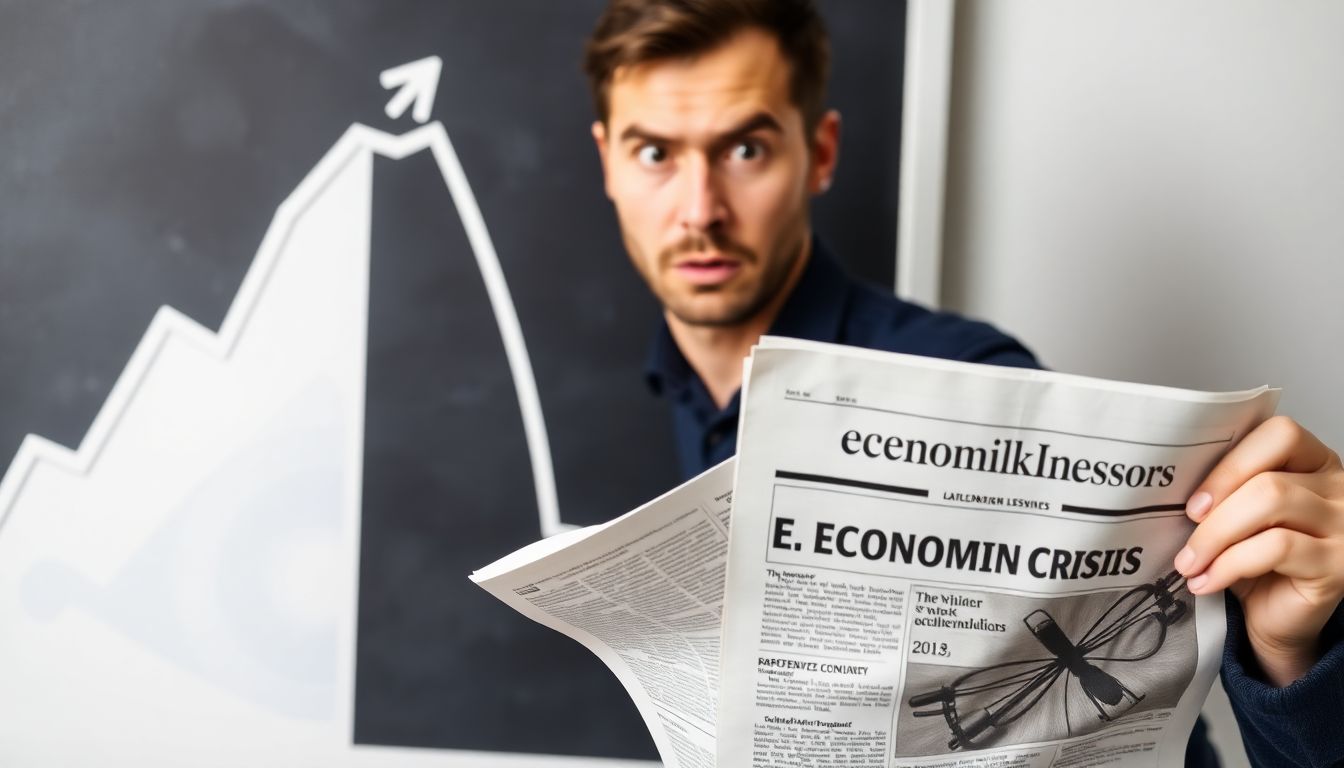
Understanding Economic Collapse
Economic collapse, a term that sends shivers down the spine of even the most seasoned economist, is a phenomenon that has been witnessed throughout history. But what exactly is it? At its core, economic collapse is a severe and sudden decline in economic activity, often characterized by a significant decrease in GDP, a rise in unemployment, and a fall in consumer spending. It’s important to distinguish this from a recession, which is a period of temporary economic decline, typically defined as a fall in GDP for two successive quarters. A depression, on the other hand, is a more severe and prolonged recession, often lasting several years and resulting in a significant loss of output and employment.
The causes of economic collapse are varied and complex, often stemming from a combination of factors. These can include financial bubbles bursting, like the housing market crash that preceded the 2008 Great Recession, or external shocks such as natural disasters or pandemics. Governments’ fiscal and monetary policies also play a significant role. For instance, excessive government spending or loose monetary policy can lead to inflation, eroding purchasing power and causing economic instability.
Historical examples of economic collapse provide valuable insights into its causes and effects. The Great Depression of the 1930s, for example, was triggered by a combination of factors including the stock market crash of 1929, a drought that led to agricultural failures, and a gold standard that made it difficult for governments to respond to the crisis. The result was a decade of economic hardship, with unemployment peaking at 25% in the U.S.
Understanding these historical events can help us prepare for the future. Here are some steps we can take:
- Diversify our economies to reduce reliance on a single sector or industry.
- Strengthen our social safety nets to protect the most vulnerable during economic downturns.
- Promote responsible fiscal and monetary policies to prevent bubbles and manage debt.
- Invest in infrastructure and education to boost long-term economic growth.
By learning from the past and taking proactive measures, we can better navigate the complex and unpredictable world of economics.
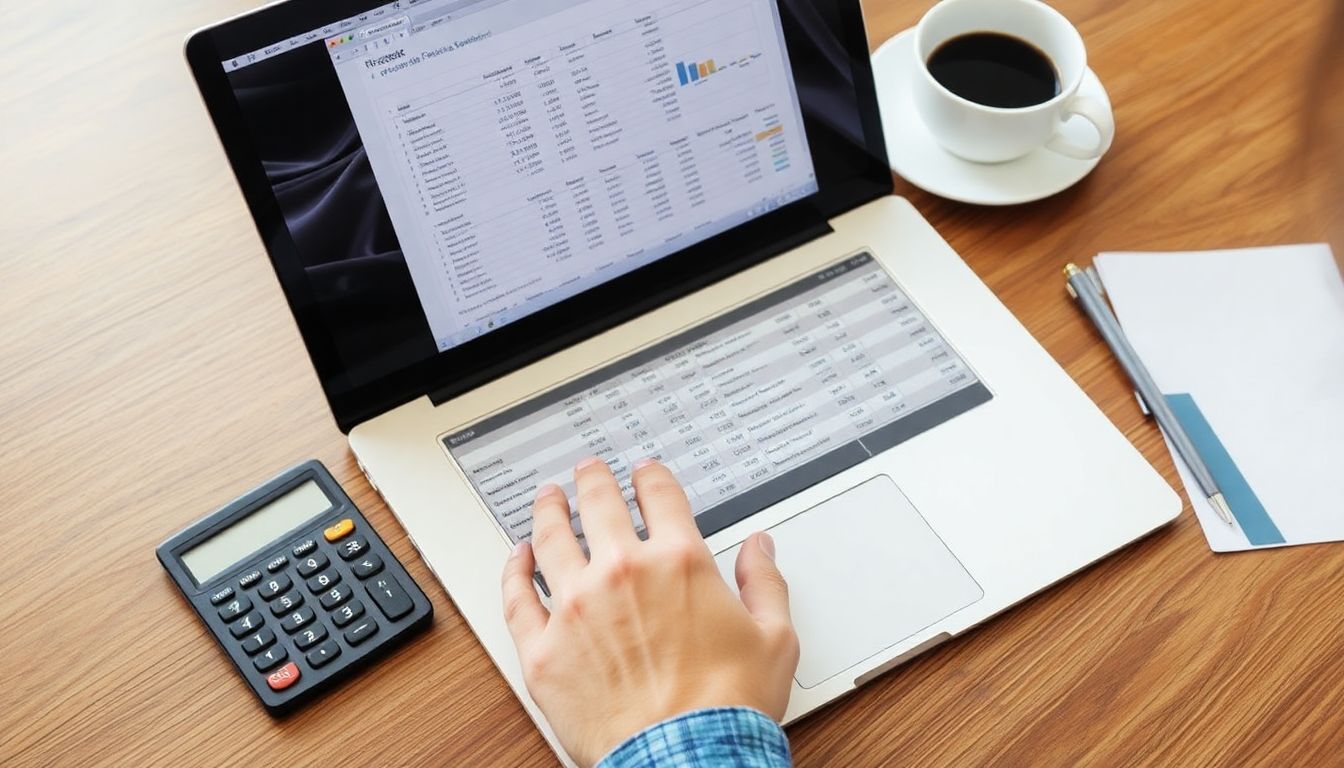
Assessing Your Current Financial Situation
Embarking on a journey to financial stability and growth begins with a clear understanding of your current financial situation. This assessment, much like a compass, guides you towards your financial goals by providing a snapshot of where you stand today. Let’s dive into the key aspects you should evaluate to gain this insight.
The first step is to calculate your net worth, a simple yet powerful metric that represents the difference between your assets (what you own) and your liabilities (what you owe). Assets can include your home, investments, and savings, while liabilities encompass debts like mortgages, loans, and credit card balances. Knowing your net worth helps you understand your financial health and tracks your progress over time.
Next, let’s break down your income and expenses. Income refers to the money you earn from various sources such as your job, business, investments, or rental properties. Expenses, on the other hand, are the costs you incur for living, such as housing, food, utilities, and entertainment. By categorizing and tracking these, you can identify areas where you can cut back and save more.
Lastly, it’s crucial to assess your debts. This includes loans, credit card balances, and any other financial obligations. Understanding the types of debt you have, their interest rates, and repayment terms can help you create a plan to pay them off and improve your credit score.
Why is this assessment so important? Knowing your financial status enables you to create a solid financial preparedness plan. It helps you set realistic goals, make informed decisions about saving and investing, and plan for future expenses like retirement or a child’s education. It’s like navigating a complex maze
- without a clear map (your assessment), you might end up lost or stuck in the wrong path. So, take the first step today and assess your current financial situation. It’s the first step towards a secure and prosperous financial future.
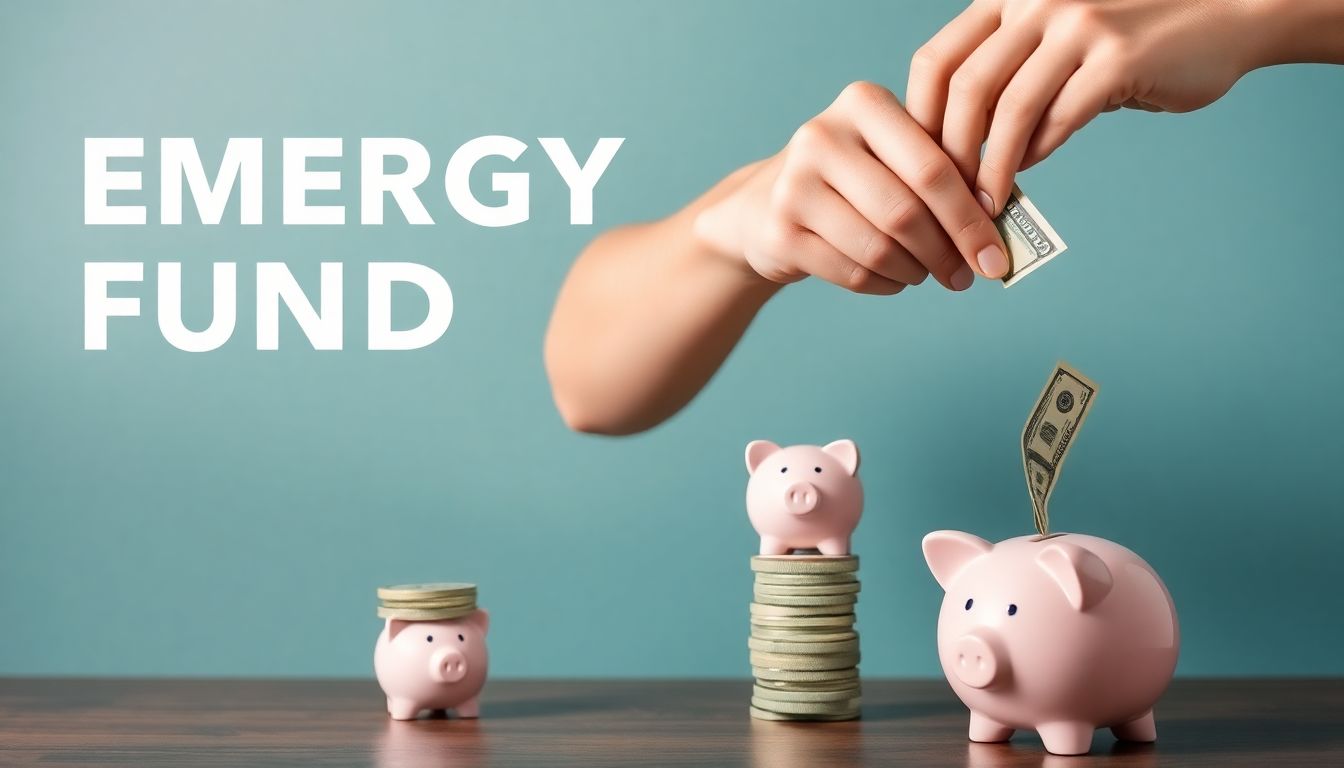
Building an Emergency Fund
Building an emergency fund is like having a personal safety net, a financial cushion that can catch you when life throws unexpected curveballs. It’s the first line of defense against sudden job loss, medical emergencies, home repairs, or any other unforeseen expenses that could otherwise send you into a financial tailspin. Having an emergency fund is not just a good idea; it’s a necessity that can provide peace of mind and prevent you from falling into debt or compromising your long-term financial goals.
The question that often arises is: how much should you save? A common rule of thumb is the 3-6-9 month rule. This means having enough savings to cover 3 to 9 months’ worth of living expenses. The lower end is suitable for those with steady jobs and no dependents, while the higher end is recommended for those with variable income, dependents, or high living expenses. However, this rule is flexible and should be adjusted based on your individual circumstances. For instance, if you’re self-employed or live in an area with high living costs, you might want to aim for a year’s worth of expenses.
Now, where should you keep your emergency fund? It’s important to keep it liquid, meaning you should be able to access it quickly without penalty. A high-yield savings account or a money market account are good options. They offer immediate access to your funds and typically have higher interest rates than traditional savings accounts. Some people also consider CDs (Certificates of Deposit) for their emergency funds, but they usually come with early withdrawal penalties.
Finally, let’s talk about growing your emergency fund. The best way to do this is to automate your savings. Set up a direct deposit from your paycheck into your emergency fund account. This way, you’ll save money without even thinking about it. Another way is to save your tax refund or any unexpected windfalls. Also, consider increasing your savings rate as your income grows. Here’s a simple way to do it:
- Start by saving $100 a month.
- Every time you get a raise, increase your savings by the same amount.
- Whenever you pay off a debt, redirect that money towards your emergency fund.
Remember, the goal is to build a substantial safety net, and every little bit helps.

Diversifying Your Income Streams
In the dynamic landscape of today’s economy, relying on a single income source can be akin to building a house on shaky ground. Financial resilience, much like a sturdy house, is built on a foundation of diversity. This is where diversifying your income streams comes into play, offering a safety net that can weather economic storms and provide opportunities for growth.
The importance of having multiple income sources cannot be overstated. It’s not just about having a backup plan; it’s about creating a robust financial ecosystem that can adapt and thrive in changing circumstances. Imagine a garden with only one type of plant. If a disease or pest attacks that plant, the entire garden is at risk. Now, imagine a garden filled with a variety of plants. If one type is affected, the others can continue to flourish.
So, how does one go about diversifying their income? The path is as unique as the individual, but here are a few routes to consider:
- Passive Income Ideas: These are income streams that require minimal effort to maintain. They could be anything from rental income, dividends from stocks, to earnings from a blog or YouTube channel. The key is to find something that aligns with your skills, interests, and resources.
- Side Hustles: These are additional income streams that you actively work on, often in your spare time. It could be freelance work, selling handmade products, or even driving for a ride-sharing service. The beauty of side hustles is that they can often be turned into full-time businesses if they gain traction.
- Entrepreneurial Ventures: This is where you create your own business, either full-time or as a side hustle. It could be a brick-and-mortar store, an online business, or a service-based enterprise. The risks are higher, but so are the potential rewards.
Each of these paths offers its own set of challenges and rewards. But the common thread is that they all contribute to financial resilience. They provide a buffer against job loss, economic downturns, and other unexpected events. Moreover, they open up opportunities for personal growth and financial independence. So, why not start exploring today? The garden of your financial future is waiting for you to plant those diverse seeds.
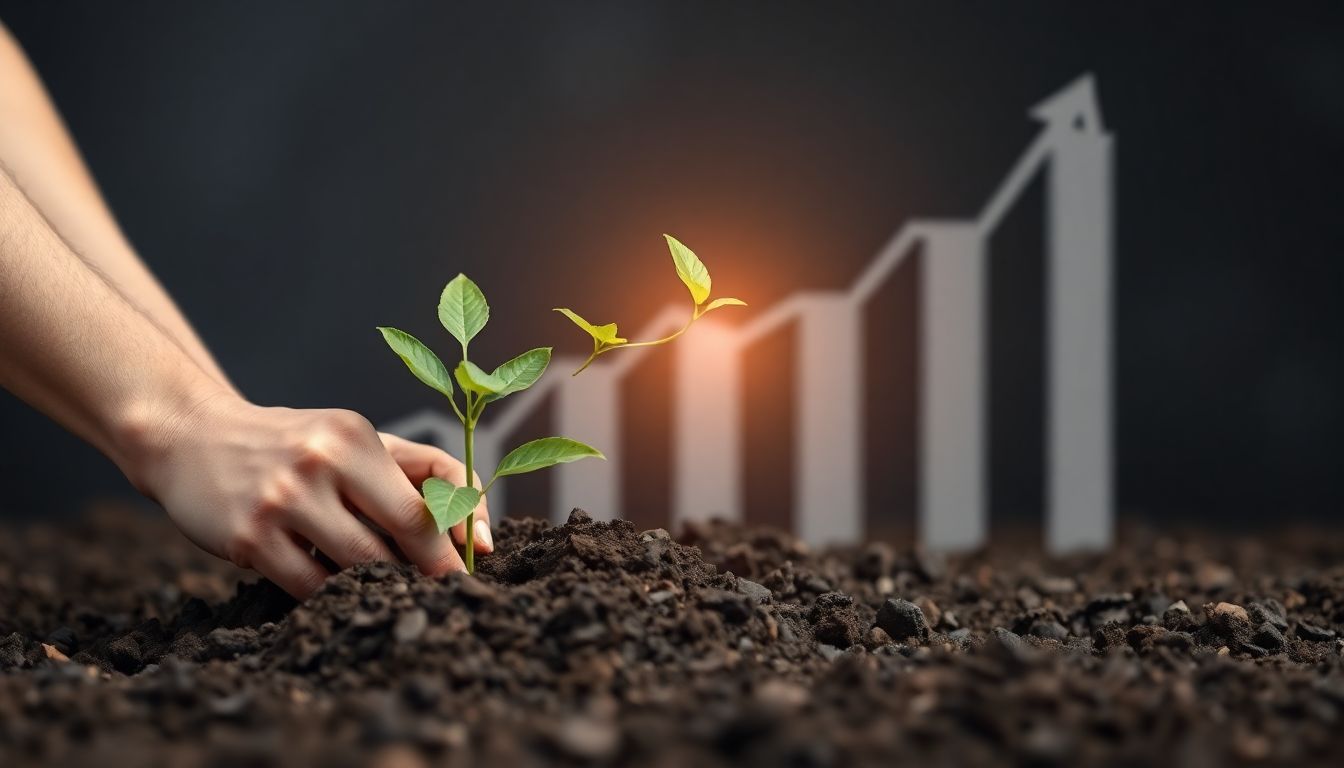
Investing for the Long Term
Embarking on a financial journey that spans decades, long-term investing is a strategic approach that prioritizes patience, discipline, and time over market timing and quick gains. It’s not just about growing your wealth; it’s about preparing for life’s milestones
- retirement, buying a home, starting a business, or your child’s education. Long-term investing is the financial equivalent of planting a tree; it might seem insignificant today, but it’s the roots you lay down now that will support your future growth.
The investment landscape is vast and varied, offering a smorgasbord of options to suit different risk appetites and goals. Stocks, for instance, are like owning a piece of a company. They offer growth potential but come with market volatility. Bonds, on the other hand, are loans given to governments or corporations, providing steady income and lower risk. Real estate, whether physical or through Real Estate Investment Trusts (REITs), can generate passive income and appreciate over time. Precious metals like gold and silver have been sought after for centuries, offering a hedge against inflation and market uncertainty.
Two powerful allies in long-term investing are dollar-cost averaging and compound interest. Dollar-cost averaging involves investing a fixed amount regularly, regardless of market conditions. This strategy helps smooth out the effects of price volatility and can make investing more affordable. Compound interest, meanwhile, is like having a silent partner who contributes more and more over time. It’s the magic behind the famous ‘rule of 72’
- the time it takes for an investment to double at a given annual rate of return.
Imagine you invest $100 a month in a fund that grows at 8% annually. After 30 years, you’ll have invested $36,000, but your account will be worth over $215,000, thanks to compound interest. That’s the power of long-term investing
- turning time, discipline, and a relatively small amount of money into a substantial nest egg.
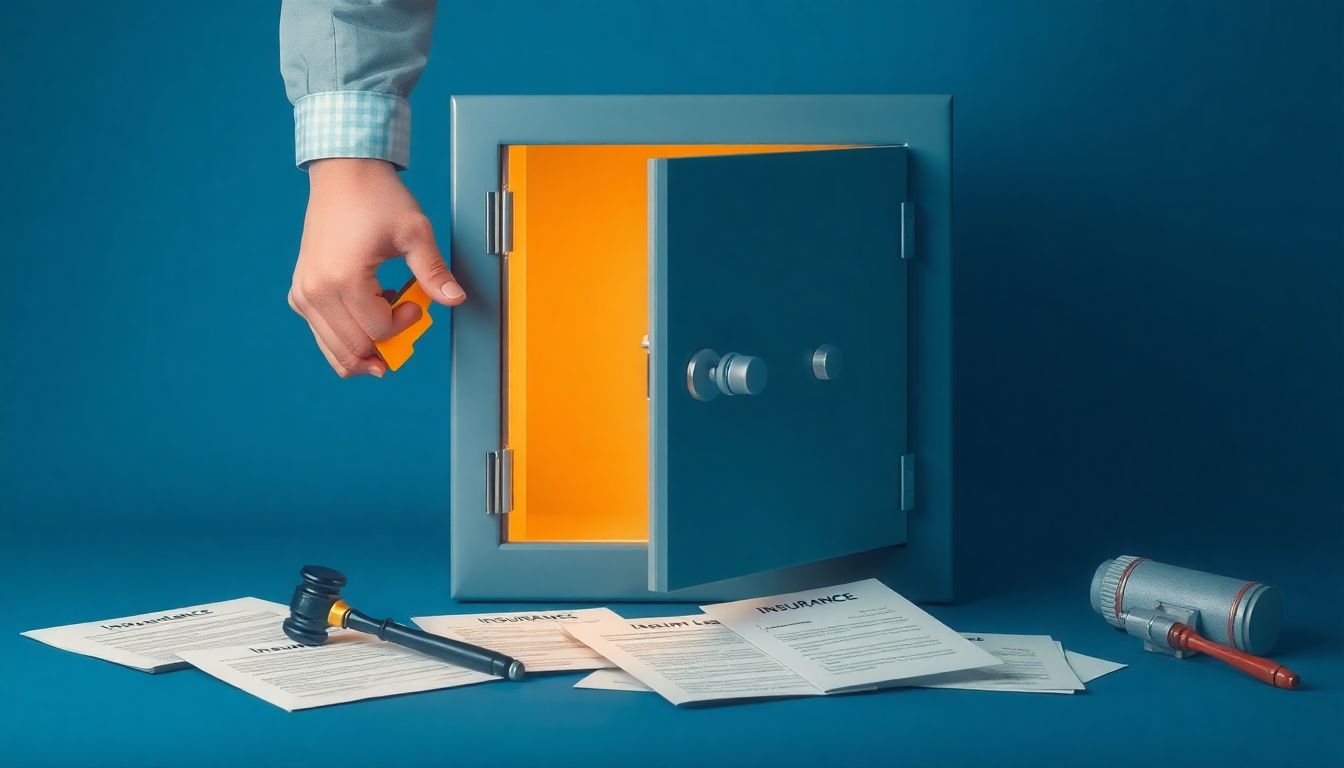
Protecting Your Assets
Protecting your assets is a crucial aspect of financial preparedness, akin to securing a treasure chest in a world filled with potential storms and thieves. Imagine your assets as the ingredients of a delicious cake
- you wouldn’t want a careless baker to drop them on the floor, would you? That’s why it’s essential to have a robust asset protection plan in place, a recipe that combines various ingredients, each serving a unique purpose. First, let’s talk about insurance, the flour in our asset protection cake. It’s the base that holds everything together. Insurance policies act as a safety net, shielding your assets from unexpected disasters. There’s health insurance to protect your most valuable asset
- you
- from medical expenses. Then there’s property insurance to safeguard your home and belongings from fires, thefts, or natural calamities. Don’t forget about liability insurance to cover you if someone gets hurt on your property or due to your actions. Each type of insurance is like a different flour, providing different textures and strengths to your asset protection cake. Now, let’s add some legal structures to our mix, the eggs that bind everything together. Trusts and LLCs (Limited Liability Companies) are powerful tools that can help separate your personal assets from your business or investment activities. A trust allows you to transfer ownership of your assets to a trustee, who manages them according to your instructions. This can help protect your assets from creditors, lawsuits, or even your own future incapacity. An LLC, on the other hand, provides liability protection, ensuring that your personal assets aren’t at risk if your business faces legal issues. Think of these legal structures as different types of eggs
- some are more fragile, others more robust, but all serve to bind your asset protection plan together. Lastly, we can’t forget about physical security measures, the locks and alarms that keep the treasure chest secure. This includes everything from burglar alarms and safe deposit boxes to secure passwords and encryption software. These measures help protect your assets from physical theft or digital hacking. Remember, a well-protected asset is a happy asset. It’s there for you when you need it, ready to support your financial goals and dreams. So, don’t leave your assets to chance. Bake them a solid protection plan today!

Managing Debt Responsibly
Debt, often viewed as a financial burden, can also play a significant role in our financial preparedness. It’s a tool that, when used responsibly, can help us build credit, invest in education, or purchase assets like a home or car. However, not all debts are created equal. ‘Good debt’ refers to loans that increase your net worth or improve your future earning potential, such as student loans or mortgages. On the other hand, ‘bad debt’ is incurred for depreciating assets or current consumption, like credit card debt for discretionary spending.
Managing debt responsibly involves a strategic approach. First, understand the difference between good and bad debt. Aim to minimize bad debt and use good debt judiciously. Next, create a budget to track your income and expenses. Allocate funds towards debt repayment, prioritizing high-interest debts first. This is known as the debt avalanche method.
Regularly review and negotiate your interest rates. Many lenders are willing to lower rates for good customers. Consider consolidating high-interest debts into a lower-interest loan. Also, explore balance transfer credit cards for temporary 0% interest rates.
Maintaining a good credit score is crucial. It affects your ability to secure loans, credit cards, and even employment. Pay all your bills on time, keep your credit utilization low, and monitor your credit report regularly. Dispute any errors promptly.
Eliminating debt requires patience and persistence. Start with a plan, stay committed, and celebrate small victories along the way. Remember, every payment brings you one step closer to financial freedom.
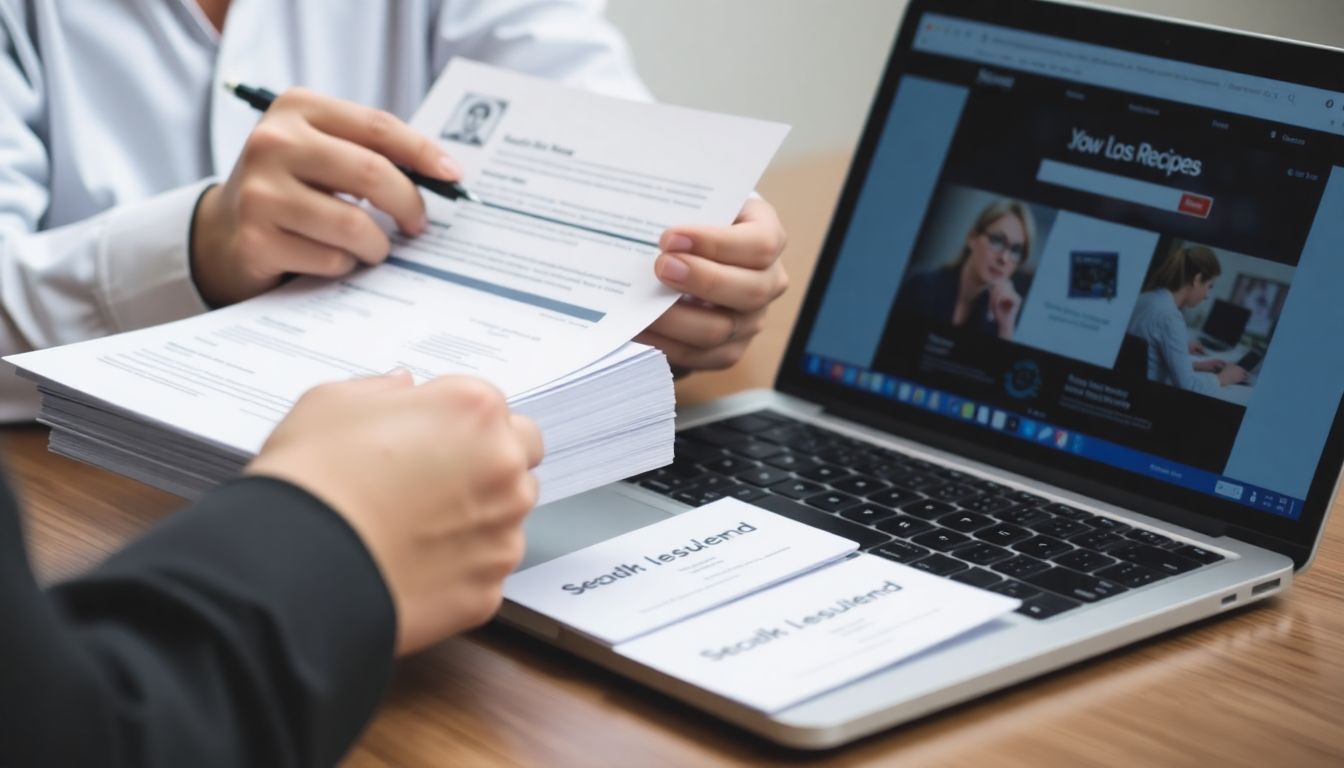
Preparing for Job Loss or Income Reduction
Embracing the uncertainty of today’s job market is not only wise but also empowering. Preparing for potential job loss or income reduction is like packing an emergency kit for a hiking trip; you hope you won’t need it, but it’s comforting to know it’s there. Let’s break down this preparation into manageable steps.
The first step is to diversify your career. This doesn’t mean you have to become a jack-of-all-trades, but rather, explore related fields or roles that could provide alternative income streams. For instance, if you’re a marketing specialist, consider learning about social media management or content creation. This not only broadens your skillset but also makes you more attractive to potential employers.
Networking is your secret weapon in this endeavor. Maintain and grow your professional network, both online and offline. Platforms like LinkedIn are invaluable for connecting with industry peers. Regularly engage with your network by sharing relevant articles, participating in discussions, and attending industry events. Remember, your network is your net worth.
Having a Plan B is like having a backup generator during a power outage. It ensures you’re not left in the dark. This could be a side business you’ve been wanting to start, a skill you’ve been meaning to learn, or even a backup savings fund. The key is to have something that can tide you over until you find your next role.
Lastly, maintaining your professional skills and certifications is crucial. The job market is dynamic, and new tools and technologies emerge constantly. Staying updated shows your commitment to your profession and makes you more competitive. Plus, continuous learning keeps your mind sharp and your spirits high, even in challenging times.
In essence, preparing for potential job loss or income reduction is not about being pessimistic, but about being proactive. It’s about turning uncertainty into opportunity and ensuring that you’re always ready for the next adventure in your career journey.
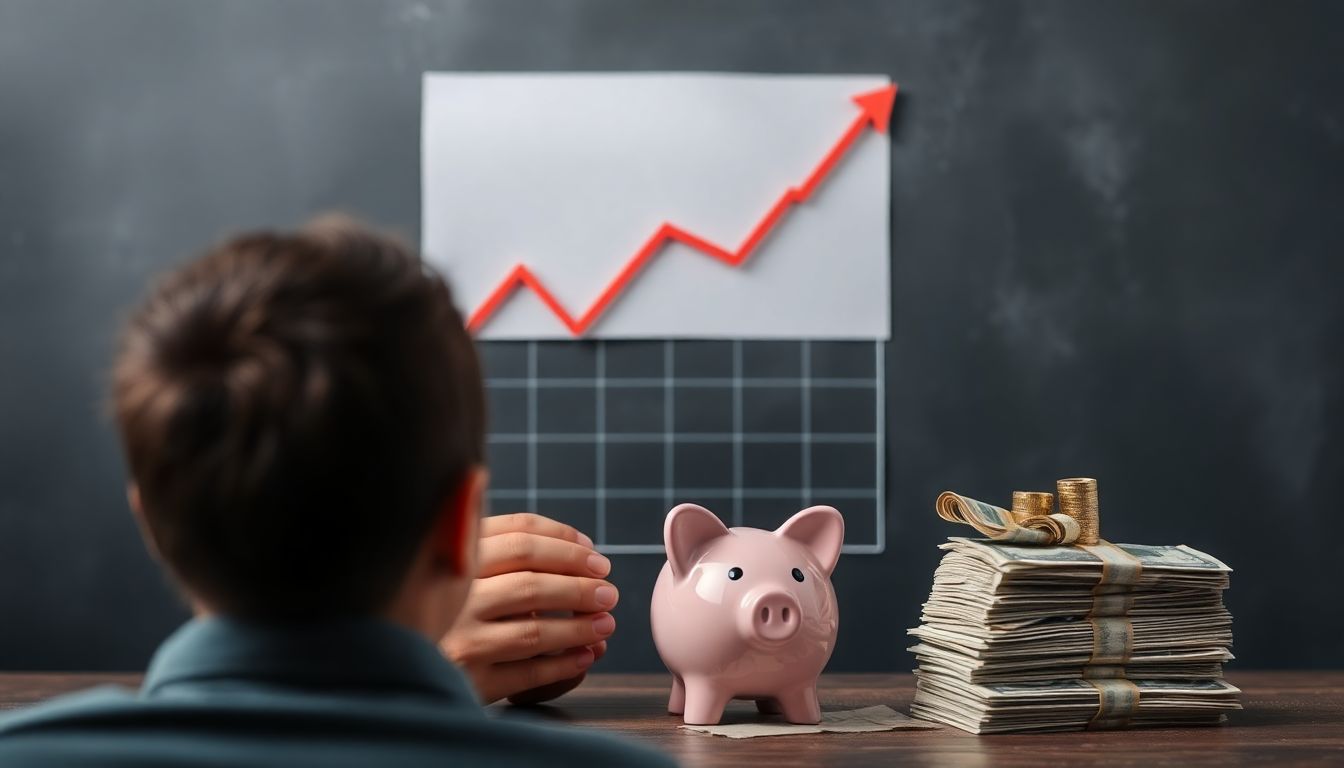
Preparing for Inflation
Inflation, a term that often sends shivers down the spine of economists and everyday spenders alike, is a general increase in prices and fall in the purchasing value of money. It’s like a silent thief, gradually eroding your hard-earned cash, making your money worth less over time. Imagine you’ve saved $100, and with that, you could buy 100 apples. But if inflation is 5%, next year, those same 100 apples will cost you $105. Your $100 can now only buy you 95 apples. That’s inflation in a nutshell. Inflation affects your finances in several ways. It can reduce the purchasing power of your savings and income, making it harder to maintain your standard of living. It can also impact your investments, with some assets like bonds often performing poorly during high inflation periods. Moreover, it can influence interest rates, affecting your borrowing costs. So, how can you protect your money from this stealthy adversary? The first step is to understand that cash is not king in an inflationary environment. Here are some strategies to consider:
- Invest in Inflation-Resistant Assets: Consider assets that tend to hold or even increase their value during inflation, such as stocks, real estate, and commodities like gold and silver. These assets can provide a hedge against inflation, helping to maintain or even grow your purchasing power.
- Diversify Your Portfolio: Don’t put all your eggs in one basket. Spread your investments across various asset classes to reduce the impact of inflation on your overall portfolio.
- Reduce Debt: High inflation often goes hand in hand with high-interest rates. Reducing your debt can help you avoid paying more in interest, leaving you with more money to invest or save.
- Save and Invest Regularly: The power of compounding can work in your favor during inflation. Regularly saving and investing can help your money grow faster than the rate of inflation.
Remember, while inflation is a challenge, it’s also an opportunity. It’s a chance to review your financial strategy, diversify your portfolio, and ensure your money is working as hard as it can. So, don’t let inflation catch you off guard. Be proactive, stay informed, and make your money inflation-proof.
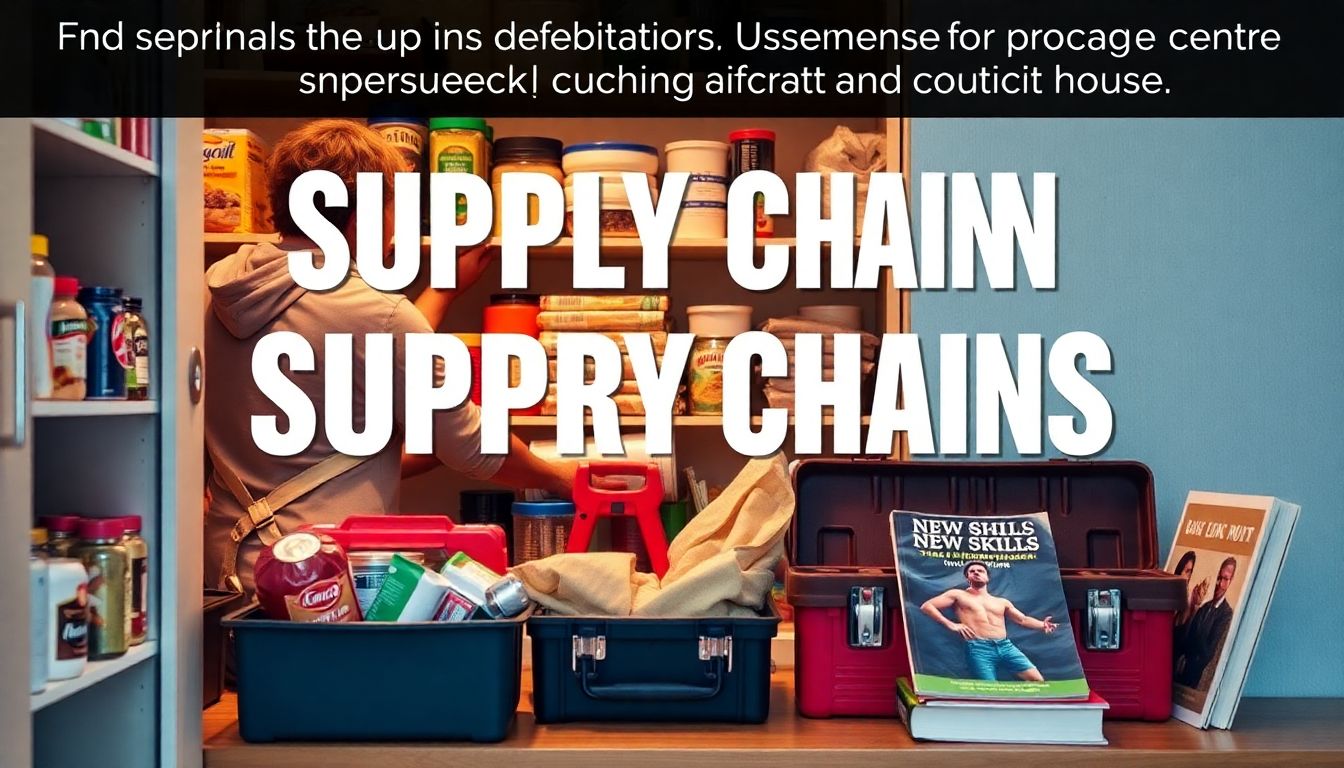
Preparing for Supply Chain Disruptions
Supply chain disruptions, whether caused by natural disasters, political instability, or global pandemics, can have significant financial implications. These disruptions can lead to increased prices, reduced availability of goods, and even job losses. For instance, during the COVID-19 pandemic, we witnessed the impact of supply chain disruptions on the availability and cost of essential goods like toilet paper, hand sanitizers, and certain food items. Therefore, it’s crucial to prepare financially and strategically for such events.
One strategy is to build an emergency fund. Aim to save at least 3-6 months’ worth of living expenses. This can provide a financial safety net during times of uncertainty. Another strategy is to diversify your income streams. This could involve learning new skills that can be monetized, such as freelance writing, graphic design, or coding, which can be done remotely and often on a project basis.
Stockpiling essential supplies can also help mitigate the financial impact of supply chain disruptions. However, it’s important to do this responsibly. Focus on non-perishable items that you use regularly and that have a long shelf life. Also, consider supporting local businesses. They often have shorter supply chains and can be more resilient to disruptions. Plus, supporting them helps to stimulate your local economy.
Here are some steps to help you prepare:
- Assess your financial situation and start building that emergency fund.
- Identify essential supplies and start stockpiling them gradually.
- Research and learn new skills that could provide additional income.
- Support local businesses by shopping with them regularly.
Remember, preparation is key. By taking these steps, you can help to ensure that you’re financially resilient in the face of supply chain disruptions.
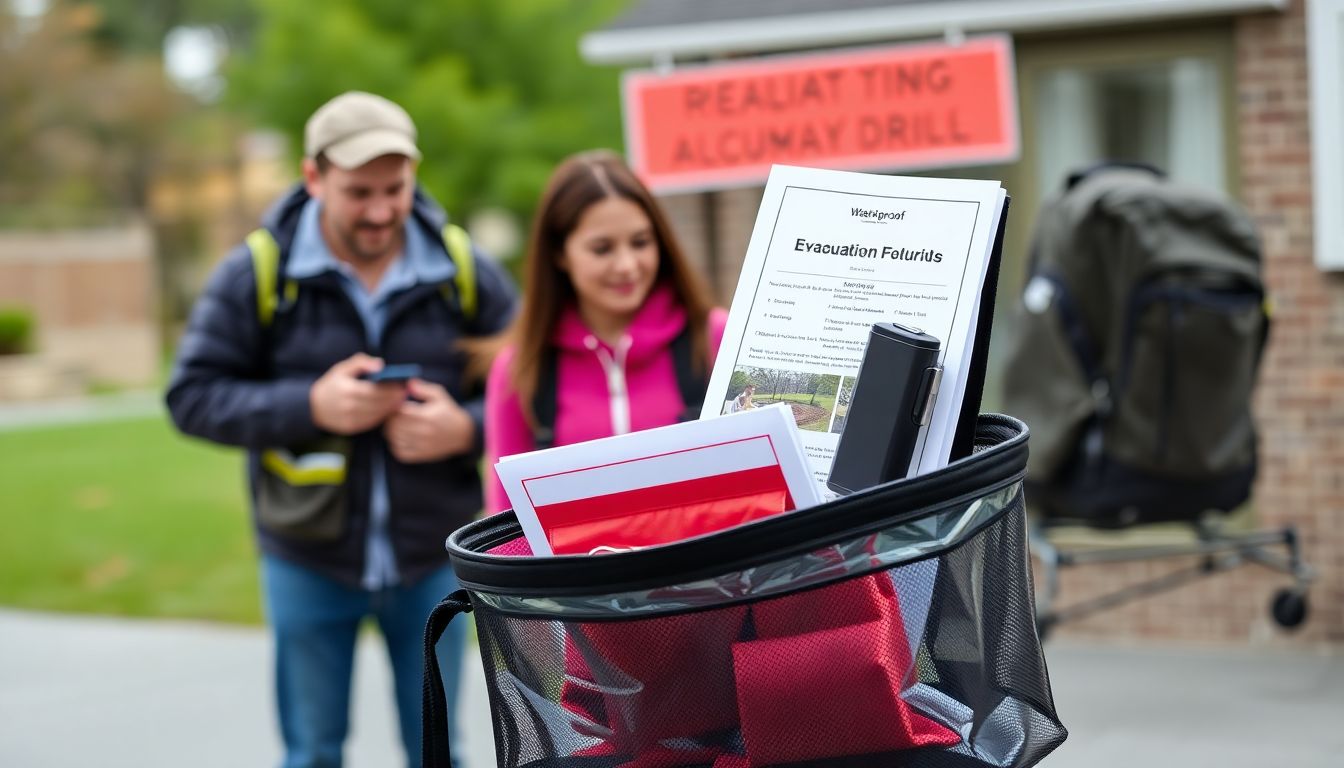
Preparing for Natural Disasters and Other Emergencies
Preparing for natural disasters and other emergencies is not just a smart idea, it’s a necessity that can mean the difference between safety and catastrophe. The first step in this process is creating an emergency plan. This should include knowing your community’s warning signals, evacuation routes, and emergency meeting points. It’s crucial to involve the whole family in this process, ensuring everyone knows what to do, where to go, and how to communicate during an emergency.
Next, building an emergency kit is vital. This kit should contain essential items such as water, non-perishable food, a first aid kit, medications, important documents, a flashlight, and extra batteries. For families with pets, don’t forget to include supplies for them as well. The kit should be easily accessible and portable, as you may need to evacuate at a moment’s notice.
Having an evacuation strategy is also key. Know your evacuation routes and practice them. If you don’t have a car, plan alternative transportation methods. If you’re advised to evacuate, do so immediately. Remember, it’s always better to be safe than sorry.
Lastly, the role of insurance in financial preparedness during emergencies cannot be overstated. It’s a safety net that can help you bounce back from financial losses. Ensure you have adequate coverage for your home, car, and health. Review your policies regularly to ensure they’re up-to-date and cover all potential risks. After all, the best time to prepare for an emergency is before it happens.

Reviewing and Adjusting Your Plan Regularly
In the dynamic dance of life, it’s crucial to remember that your financial preparedness plan isn’t a static entity, but a flexible partner that needs regular attention and adjustment. Life, with its unpredictable twists and turns, and the economy, with its ebbs and flows, can significantly impact your financial plan. A job change, a new family member, a global pandemic
- these are just a few examples of how your circumstances can shift, making your once-perfect plan less suitable. Therefore, it’s not just about creating a plan, but about reviewing and adjusting it regularly.
Think of it like gardening. You don’t plant your seeds and then forget about them, expecting them to grow perfectly on their own. No, you tend to them, watering, weeding, and pruning as needed. Similarly, your financial plan requires regular tending. You need to review it periodically to ensure it’s still aligned with your goals and current circumstances.
Here are some steps to help you with this process:
- Review Your Goals: Life changes can alter your financial goals. A promotion might make you more ambitious, while a health scare could make you more risk-averse. Ensure your goals are still relevant and achievable.
- Assess Your Assets and Liabilities: Your net worth can fluctuate due to market conditions and life events. Regularly review your assets and liabilities to understand your current financial health.
- Check Your Budget: Your spending habits might have changed. Perhaps you’re eating out less due to a new health kick, or maybe you’re spending more on hobbies. Ensure your budget still works for you.
- Re-evaluate Your Risk Tolerance: As you age and your circumstances change, your risk tolerance might shift. Ensure your investment portfolio still aligns with your risk tolerance.
- Update Your Emergency Fund: Your emergency fund should grow with your income and responsibilities. Ensure it’s still adequate.
Remember, the goal is progress, not perfection. Regularly reviewing and adjusting your plan is about staying on track, not about getting everything right every time. So, don’t be afraid to make changes. After all, the only constant in life is change, and your financial plan should reflect that.
FAQ
What is financial preparedness and why is it crucial in times of crisis?
How much money should I aim to save for an emergency fund?
What are some alternative ways to safeguard my assets besides cash?
How can I protect my assets from an economic collapse?
What is the role of insurance in financial preparedness?
How can I prepare my finances if I’m self-employed or have an unstable income?
What steps can I take to reduce my debt and improve my financial resilience?
- Create a budget to understand your income and expenses.
- Prioritize paying off high-interest debts like credit cards.
- Consider consolidating debts to lower interest rates and simplify payments.
- Increase your income through side hustles or negotiating a raise.
- Automate your debt payments to ensure consistency.
How can I protect my assets from inflation?
- Real estate, as it can provide a hedge against inflation through rental income and appreciation.
- Commodities like gold, silver, or other precious metals.
- Inflation-protected securities, such as Treasury Inflation-Protected Securities (TIPS).
- Dividend stocks, which provide a steady income stream that can keep pace with inflation.
What is the ‘prepper’ mindset, and how can it help in financial preparedness?
How can I involve my family in financial preparedness planning?
- Educate your children about money management, saving, and the importance of emergency funds.
- Discuss your financial goals and plans as a family.
- Create a family budget and involve everyone in the decision-making process.
- Practice emergency drills and discuss how you would handle different scenarios together.
- Encourage everyone to contribute to the emergency fund and discuss how the money should be used.









